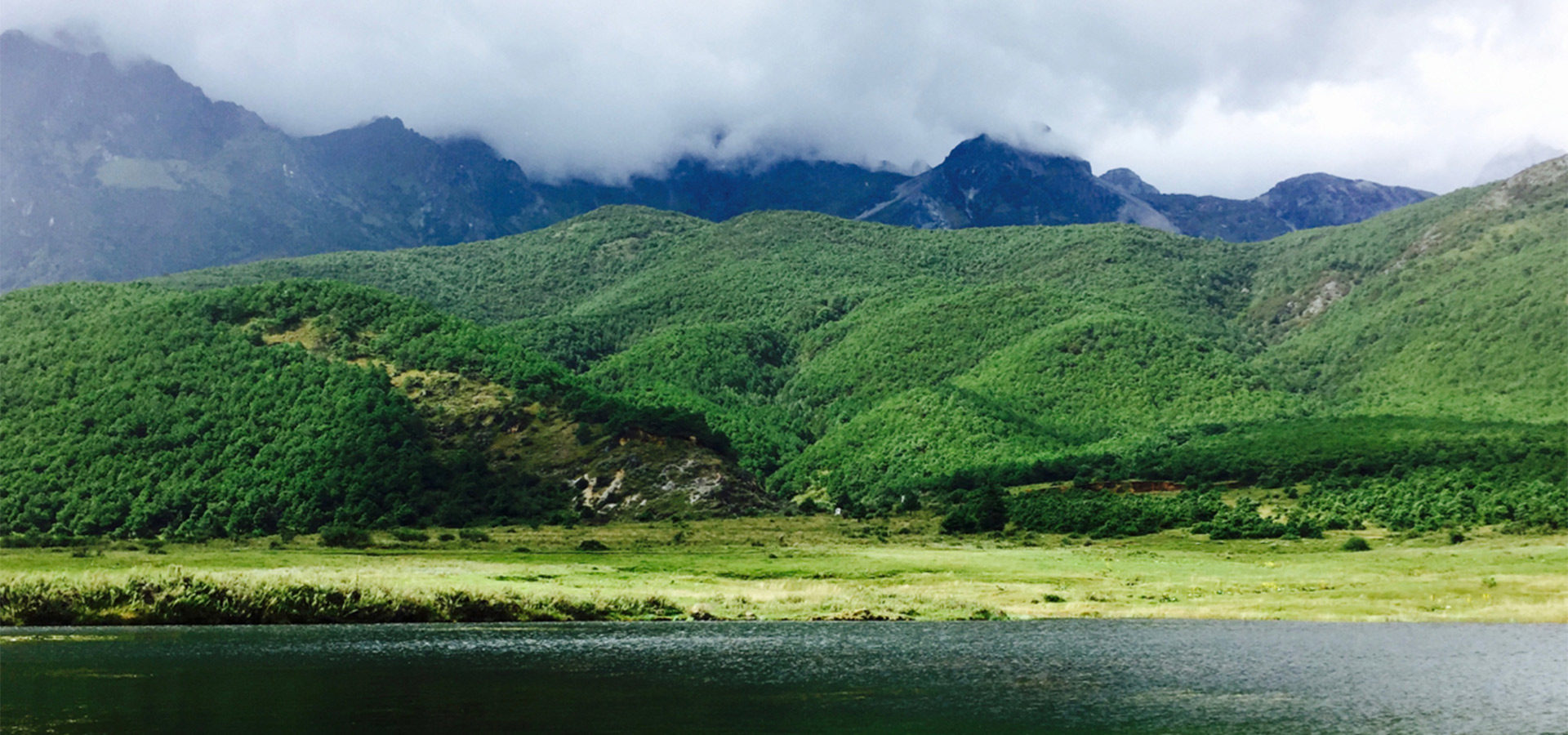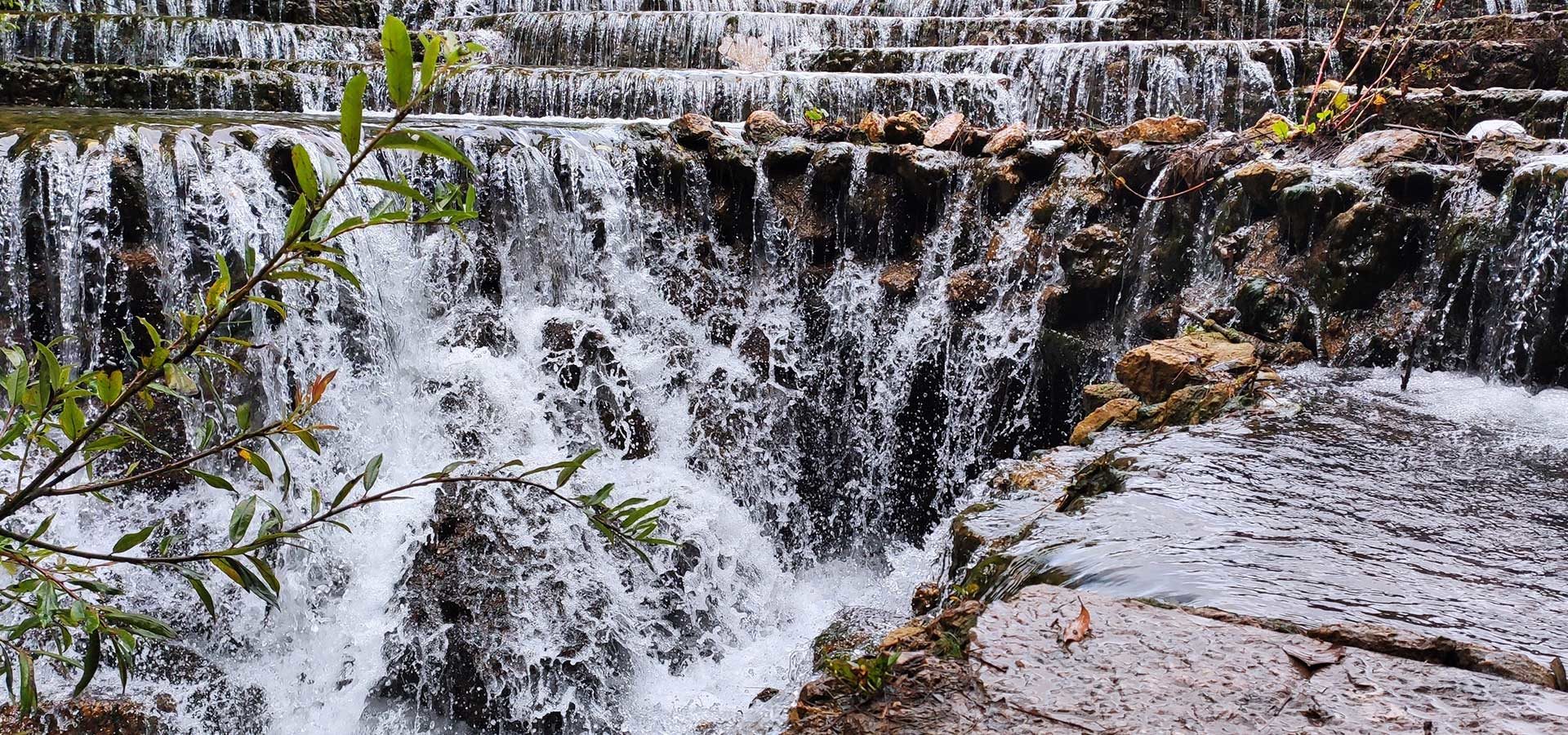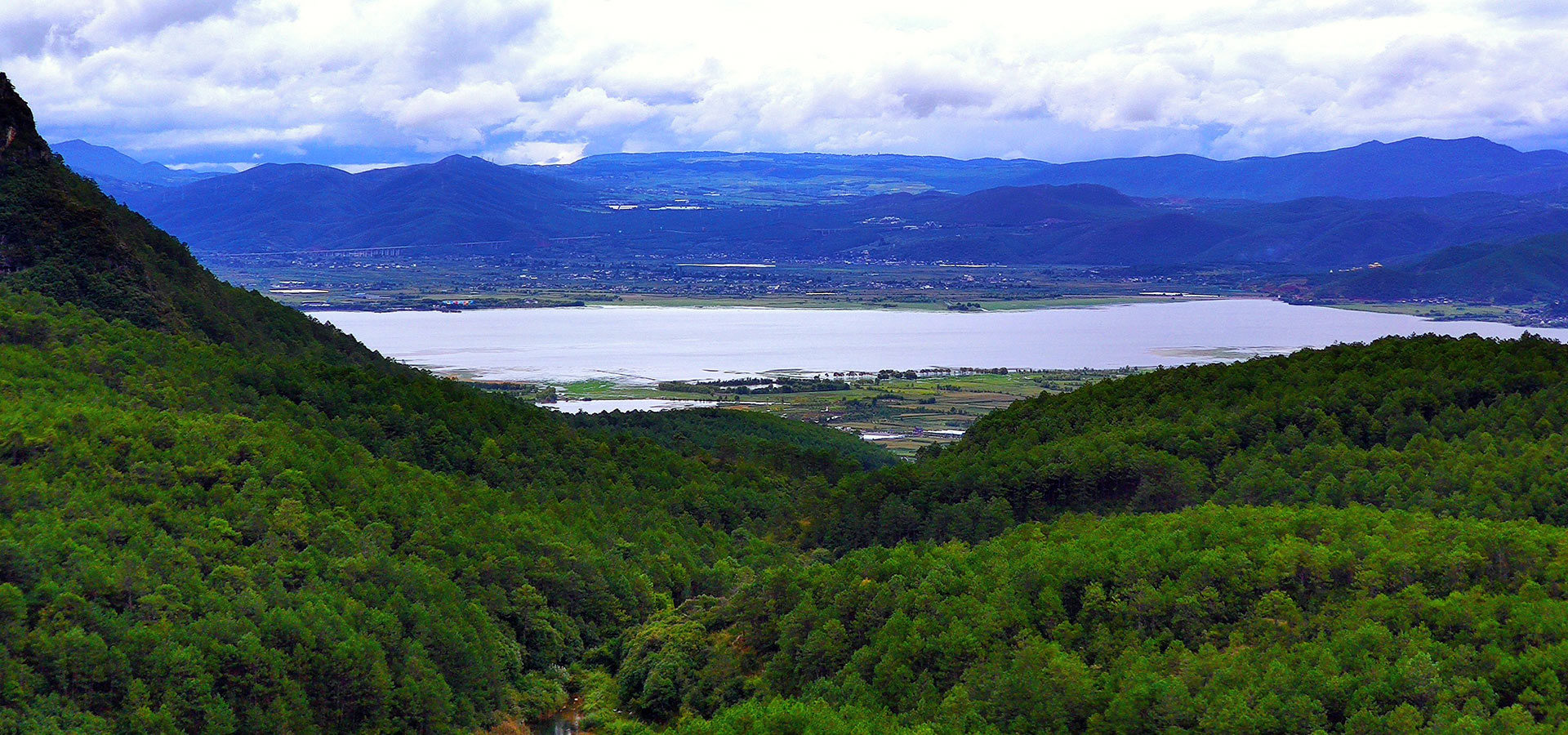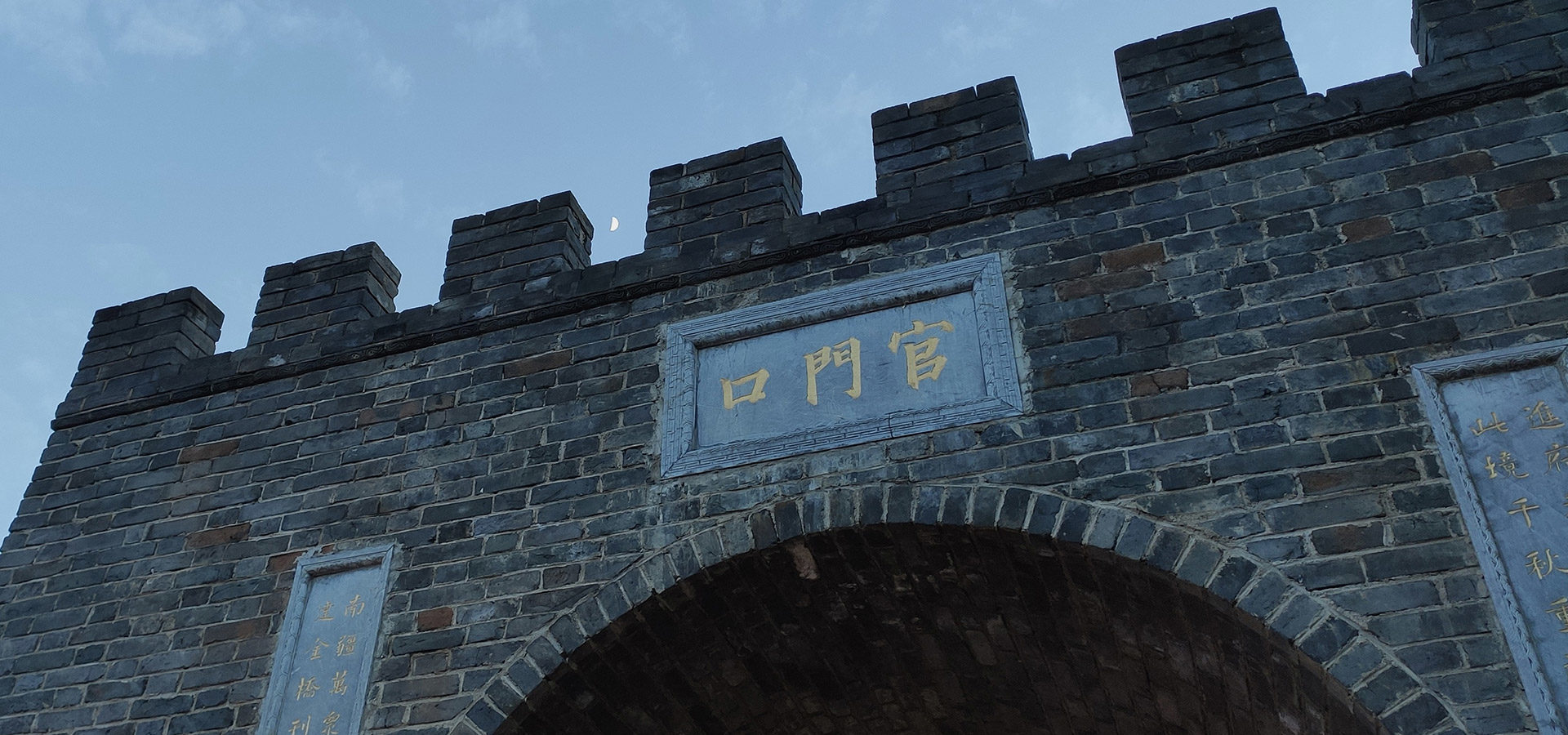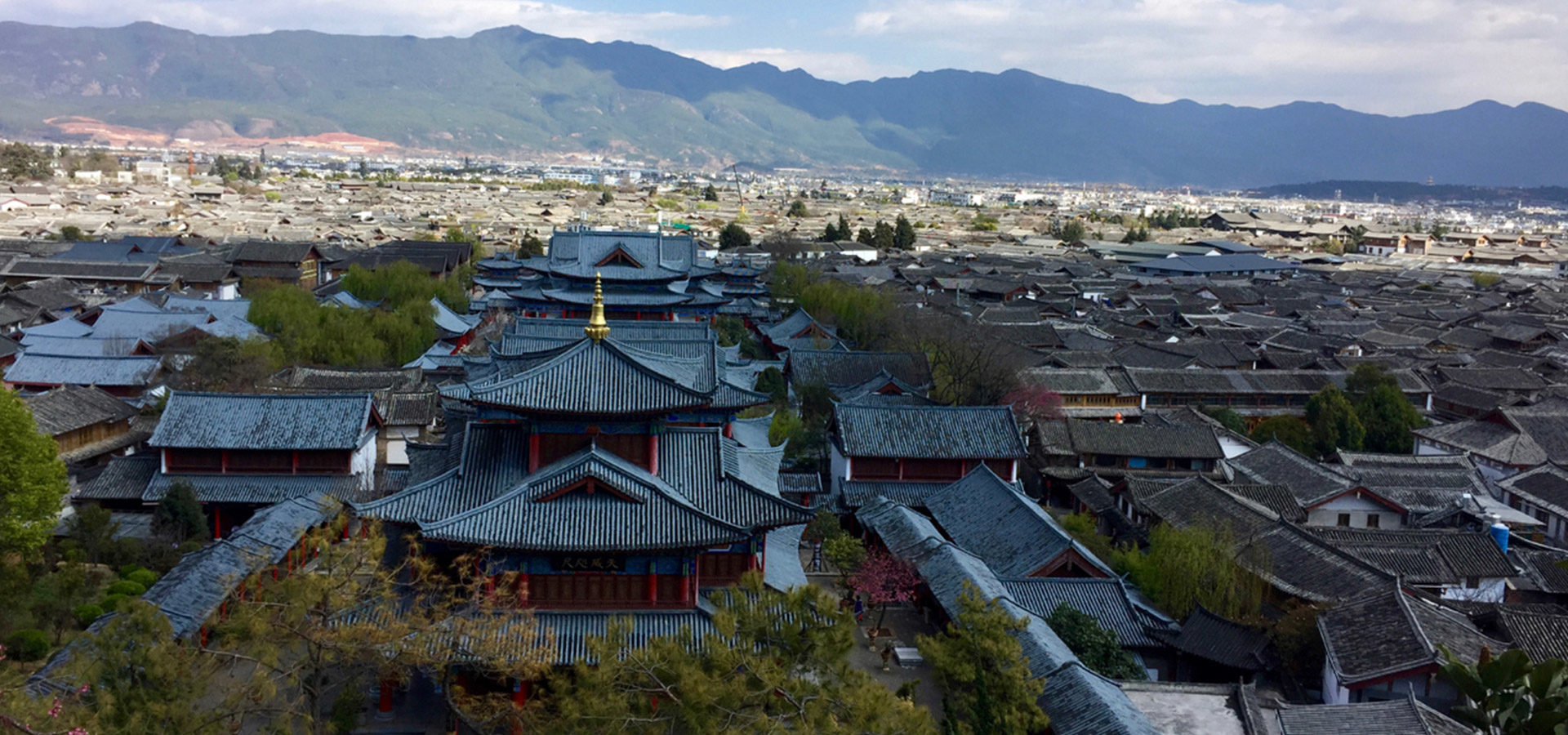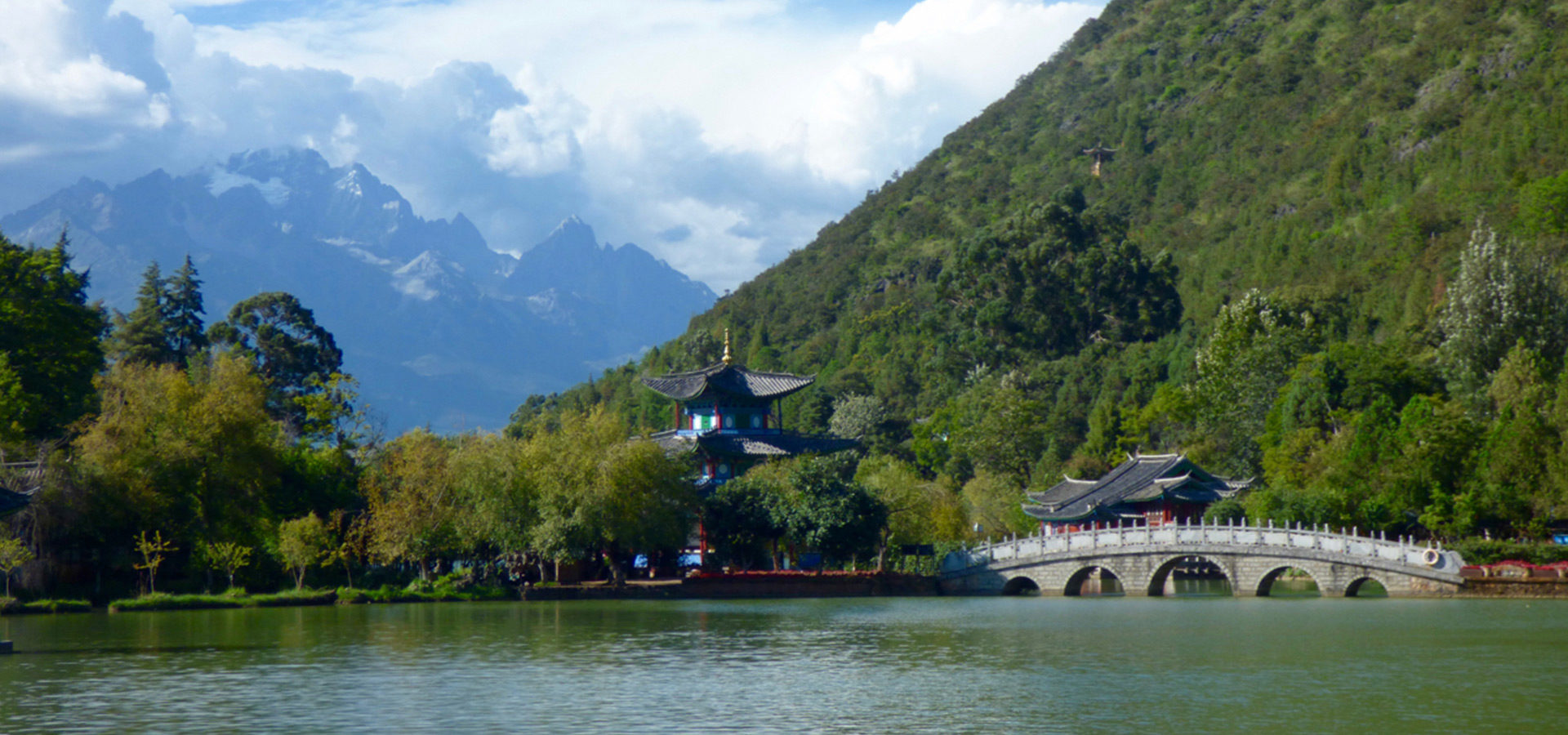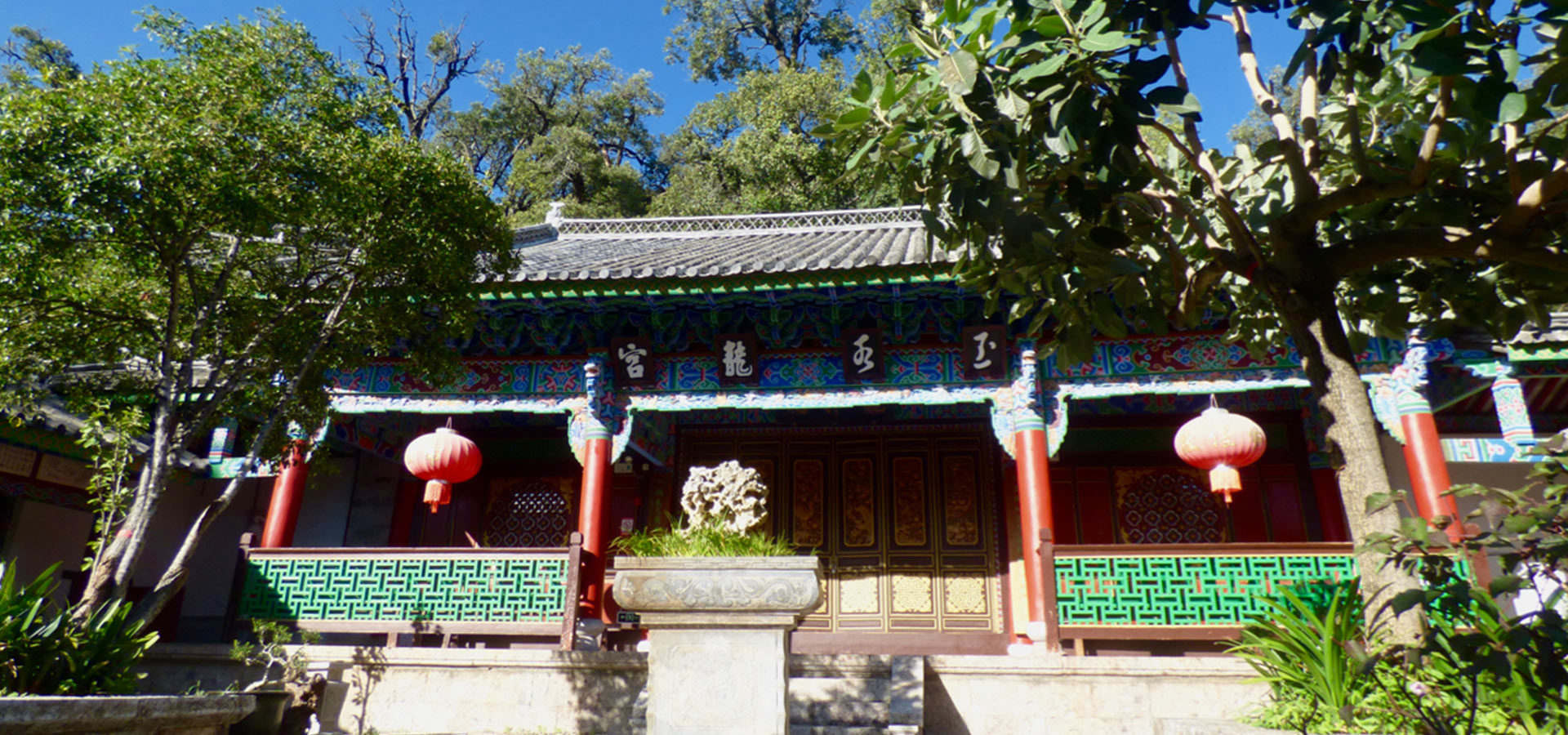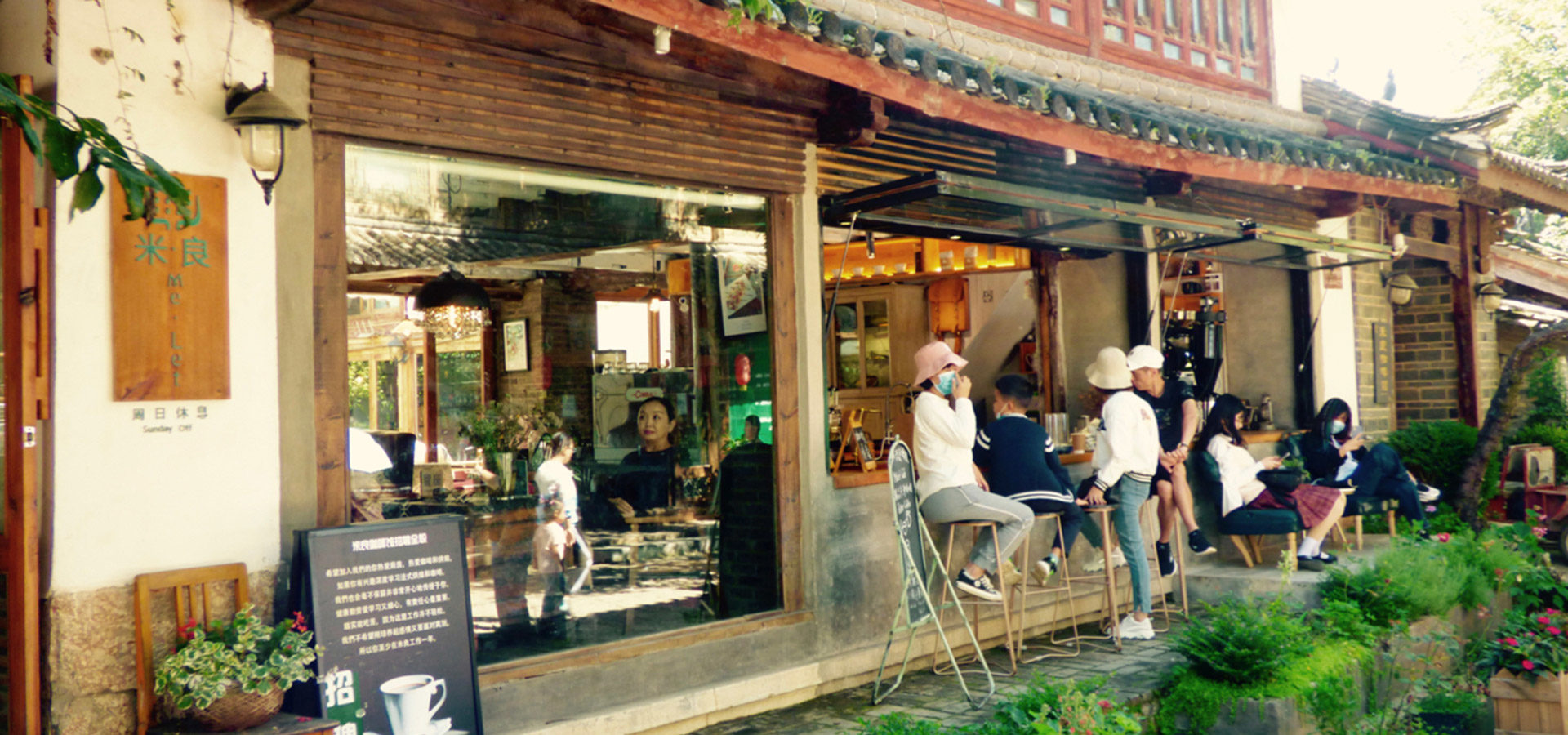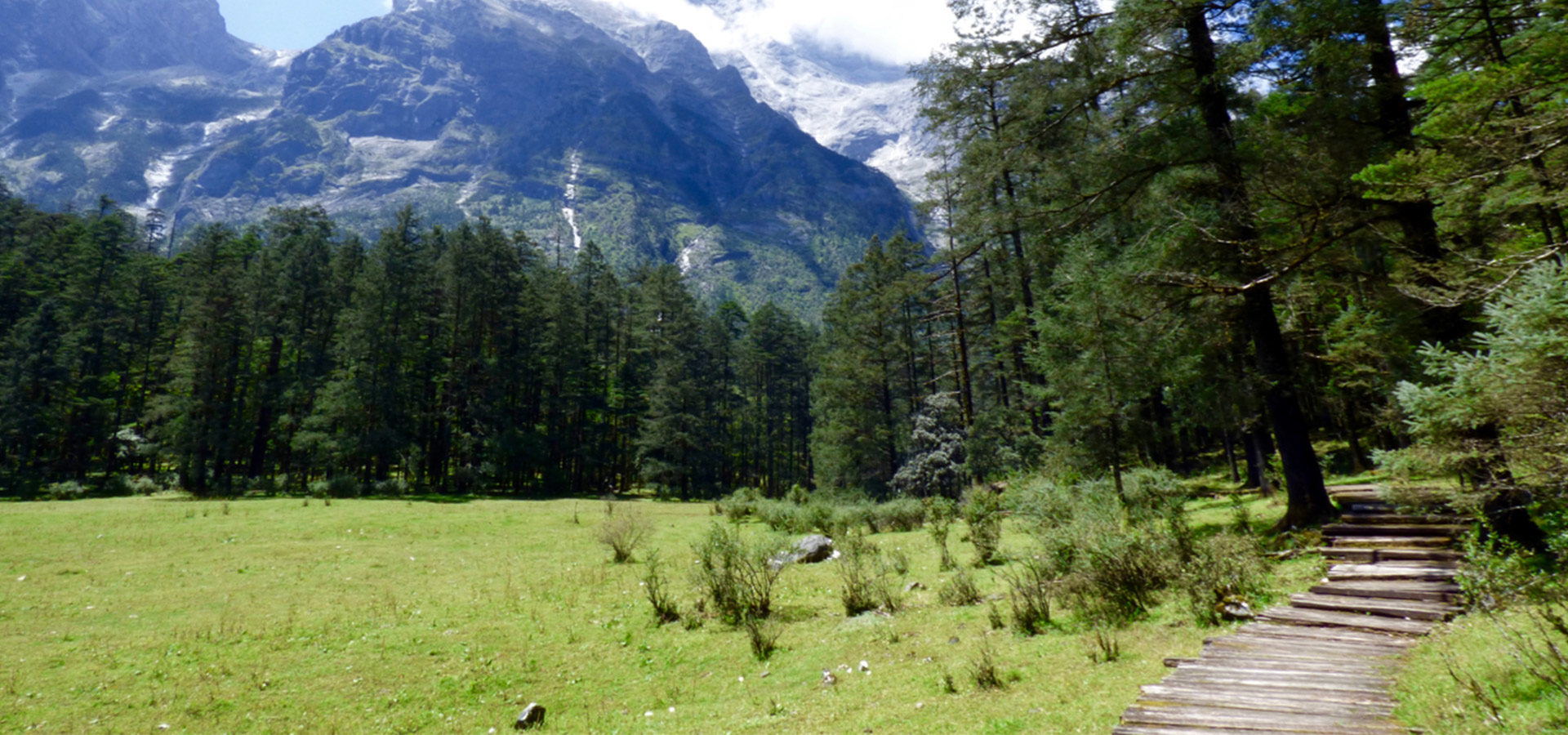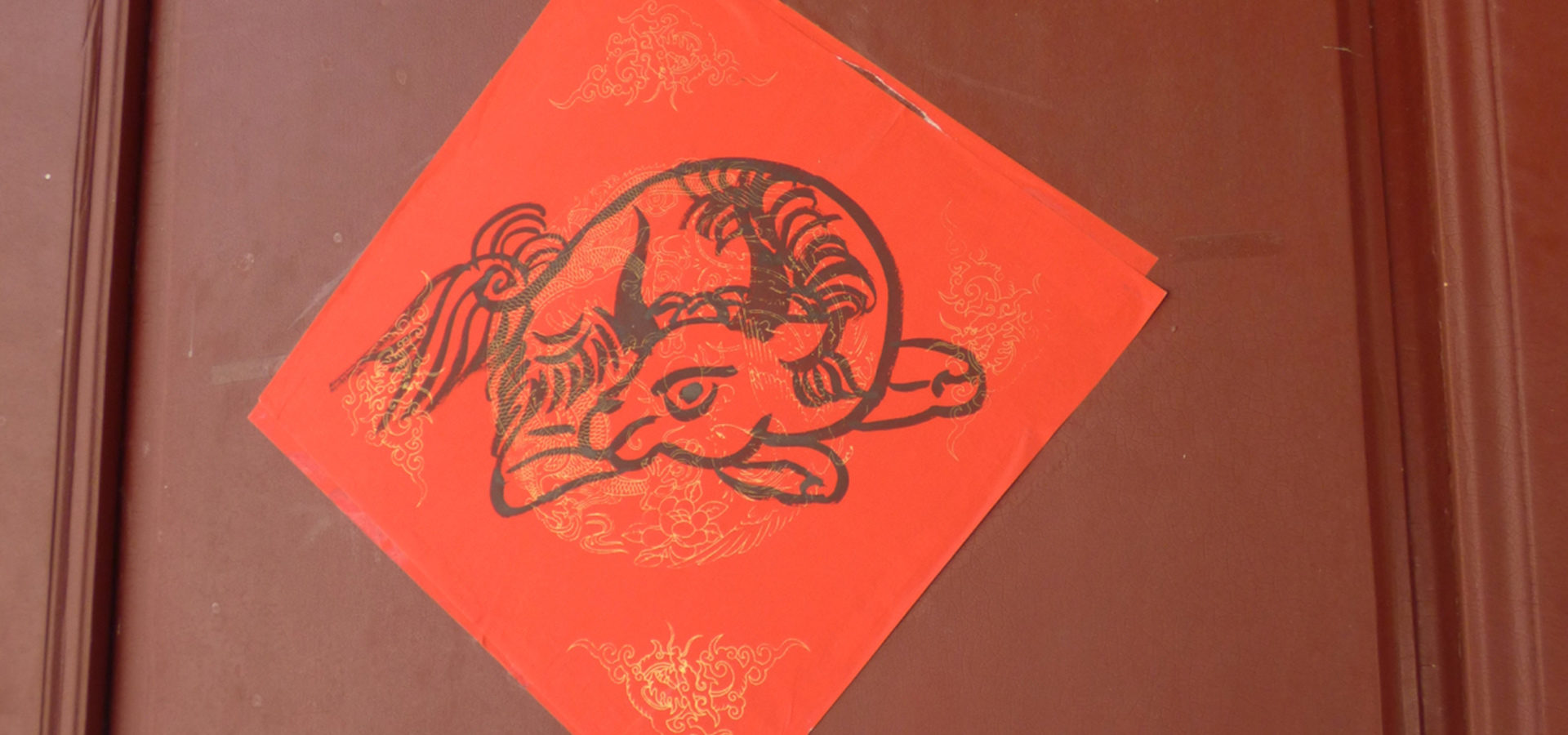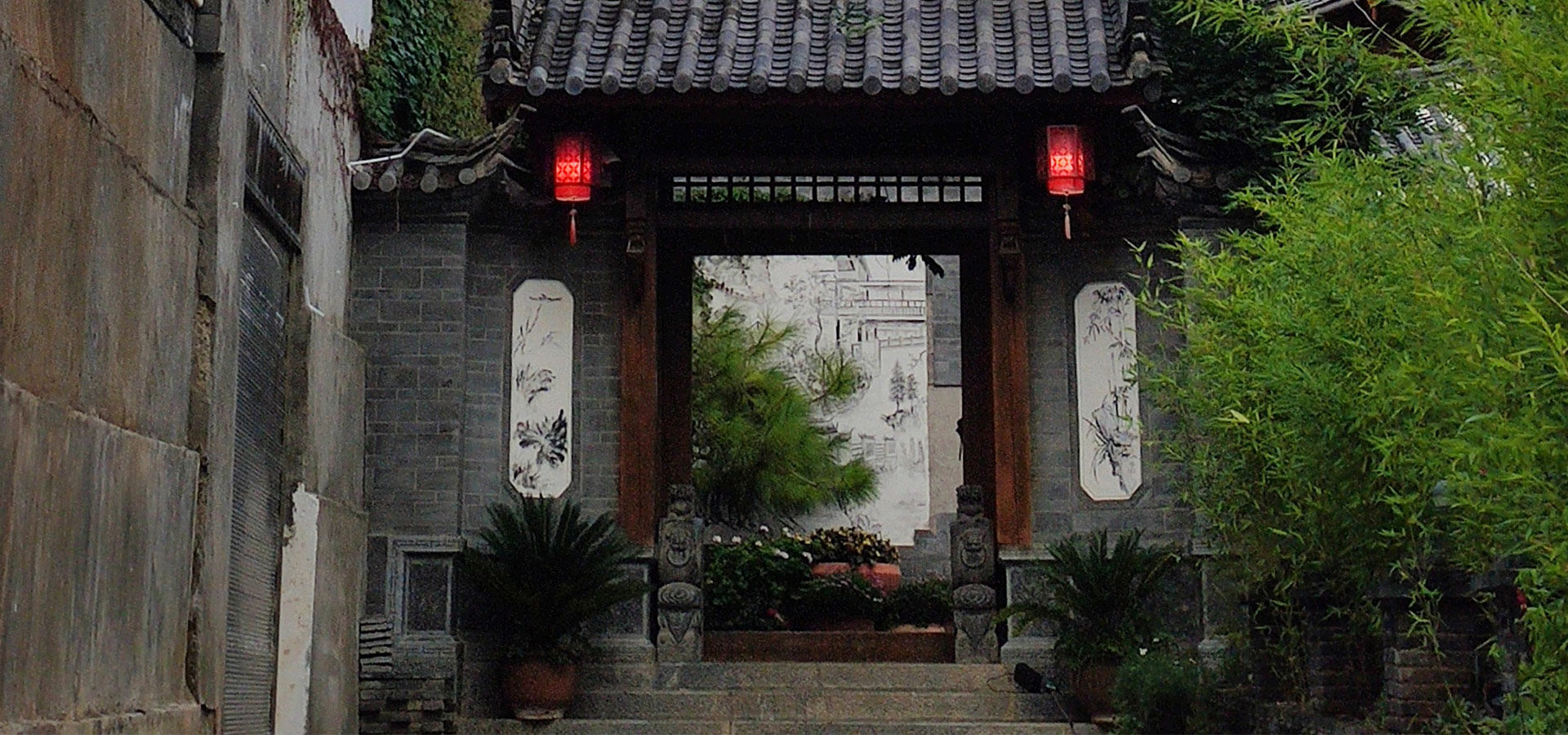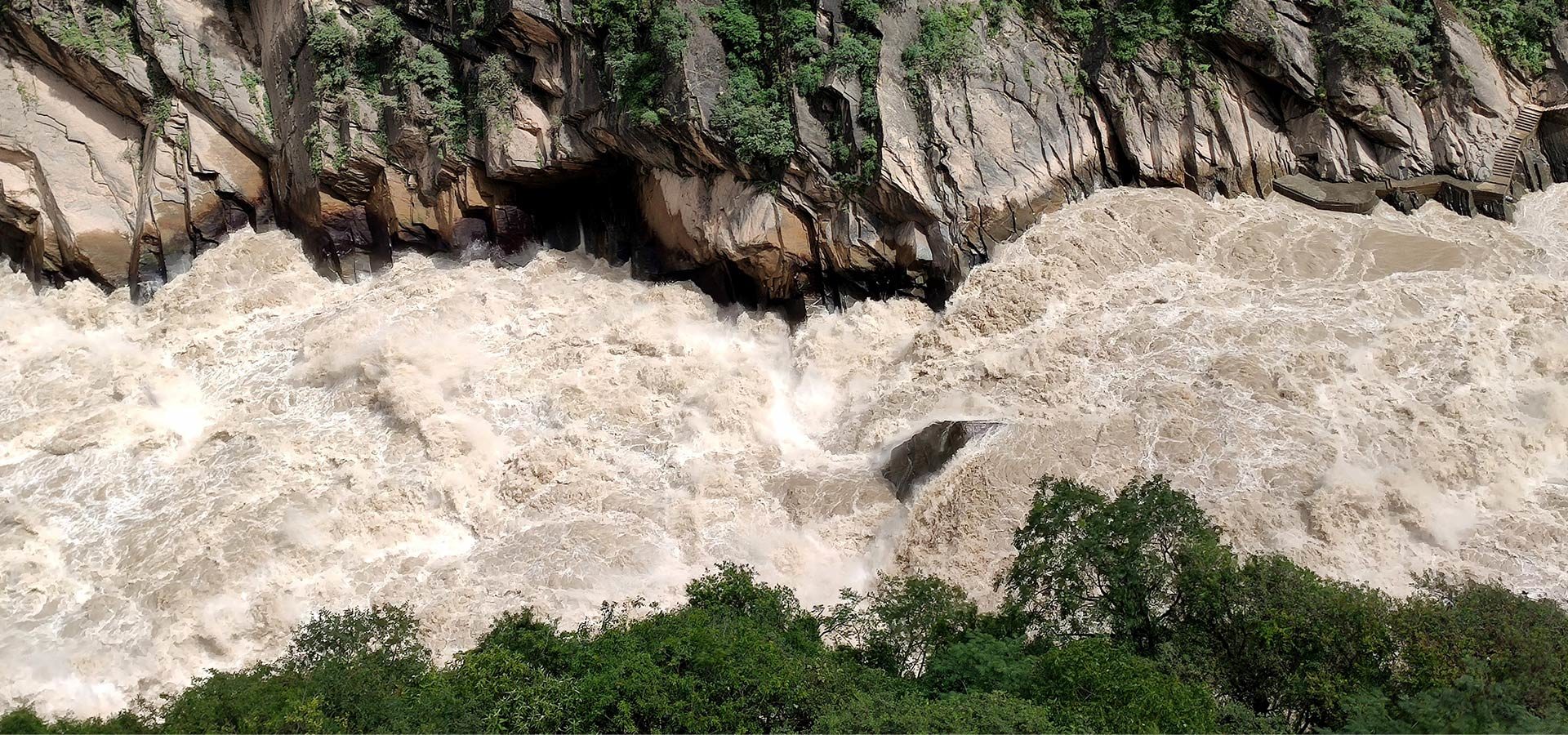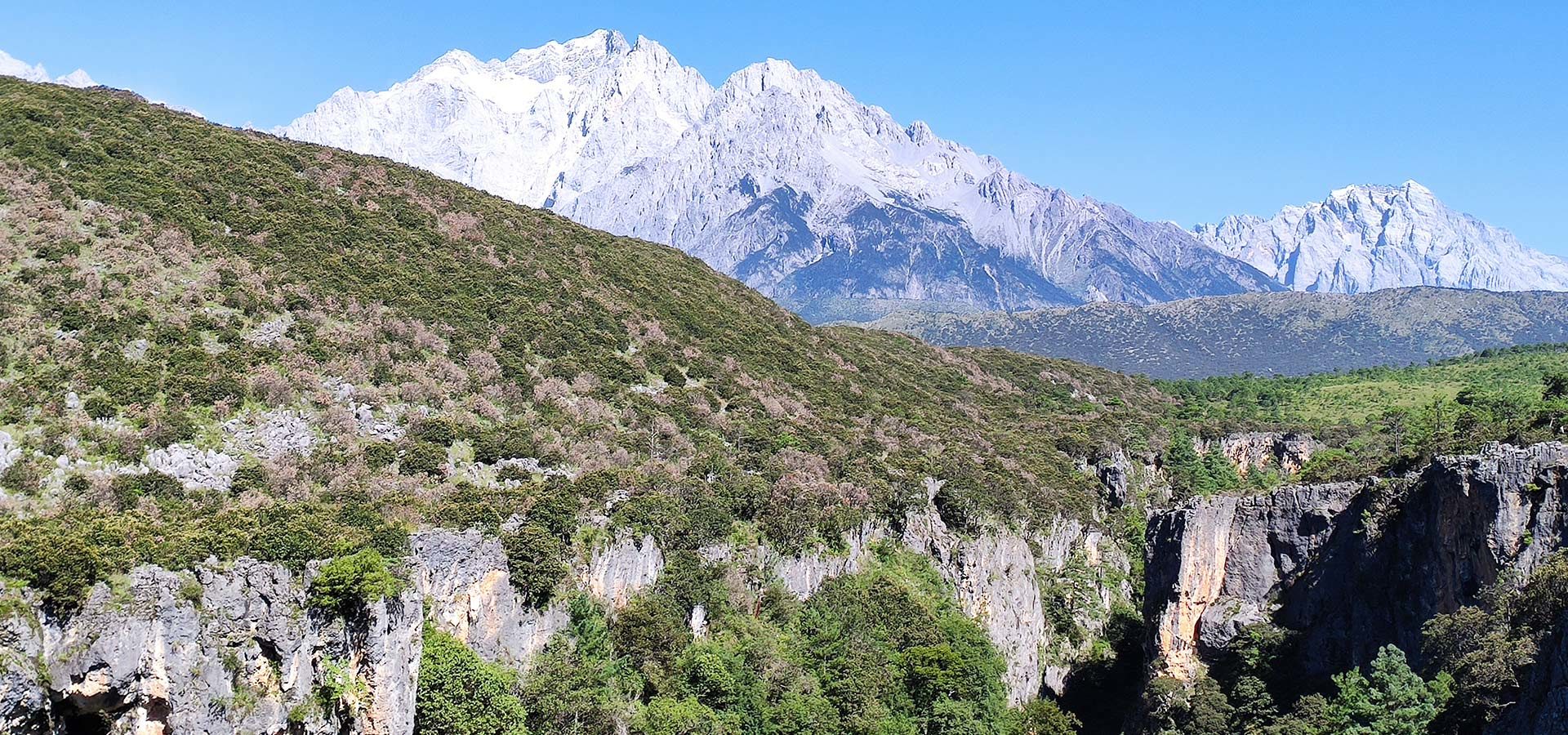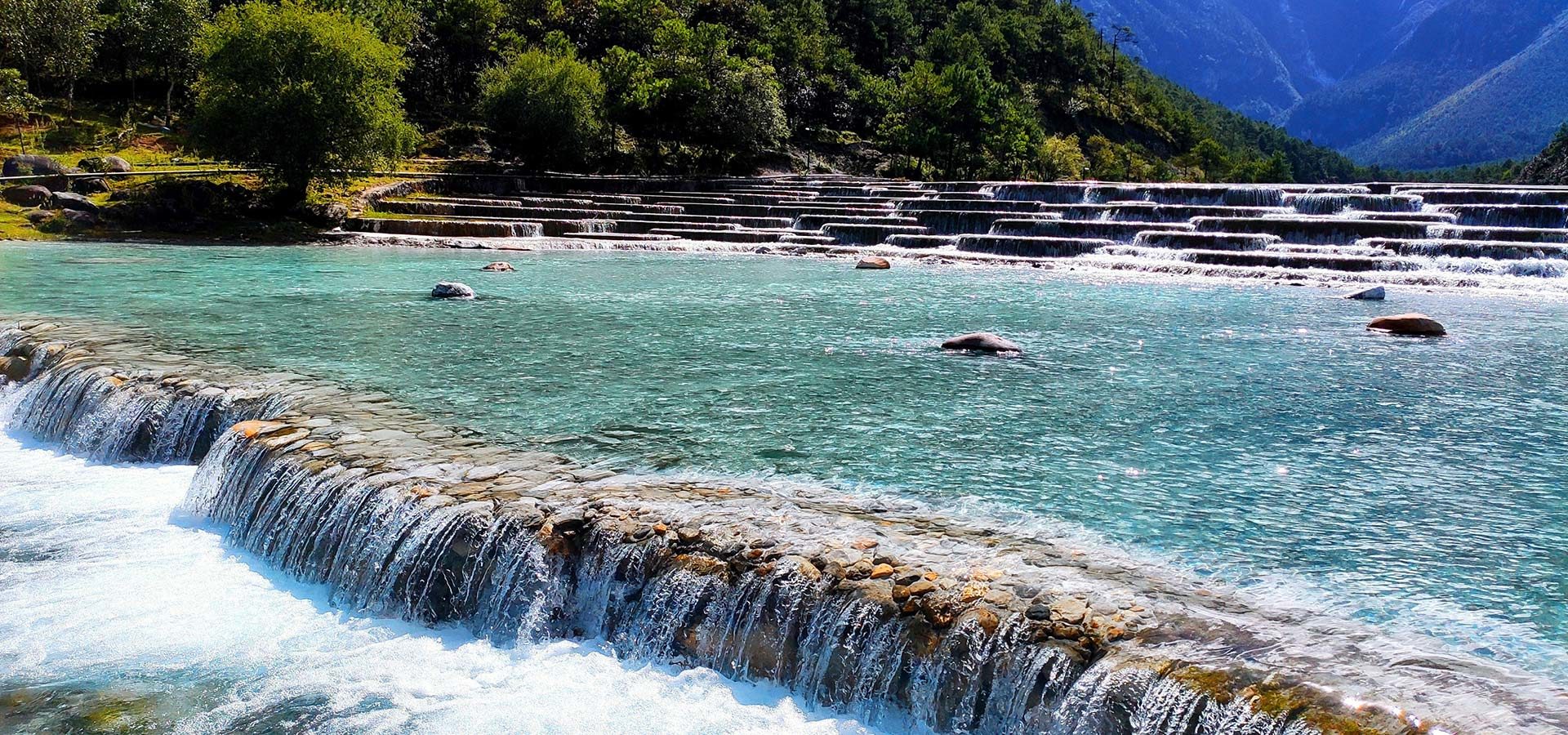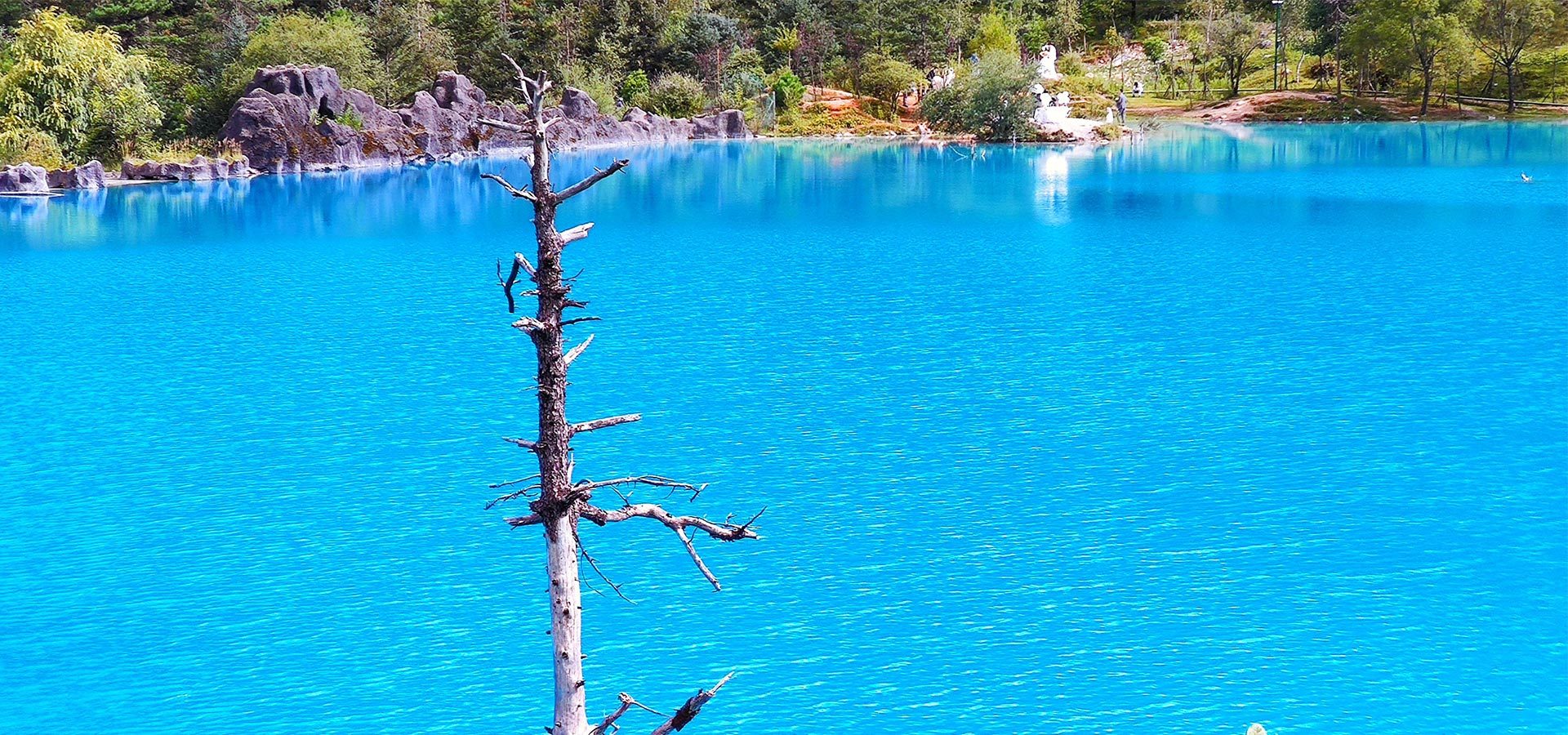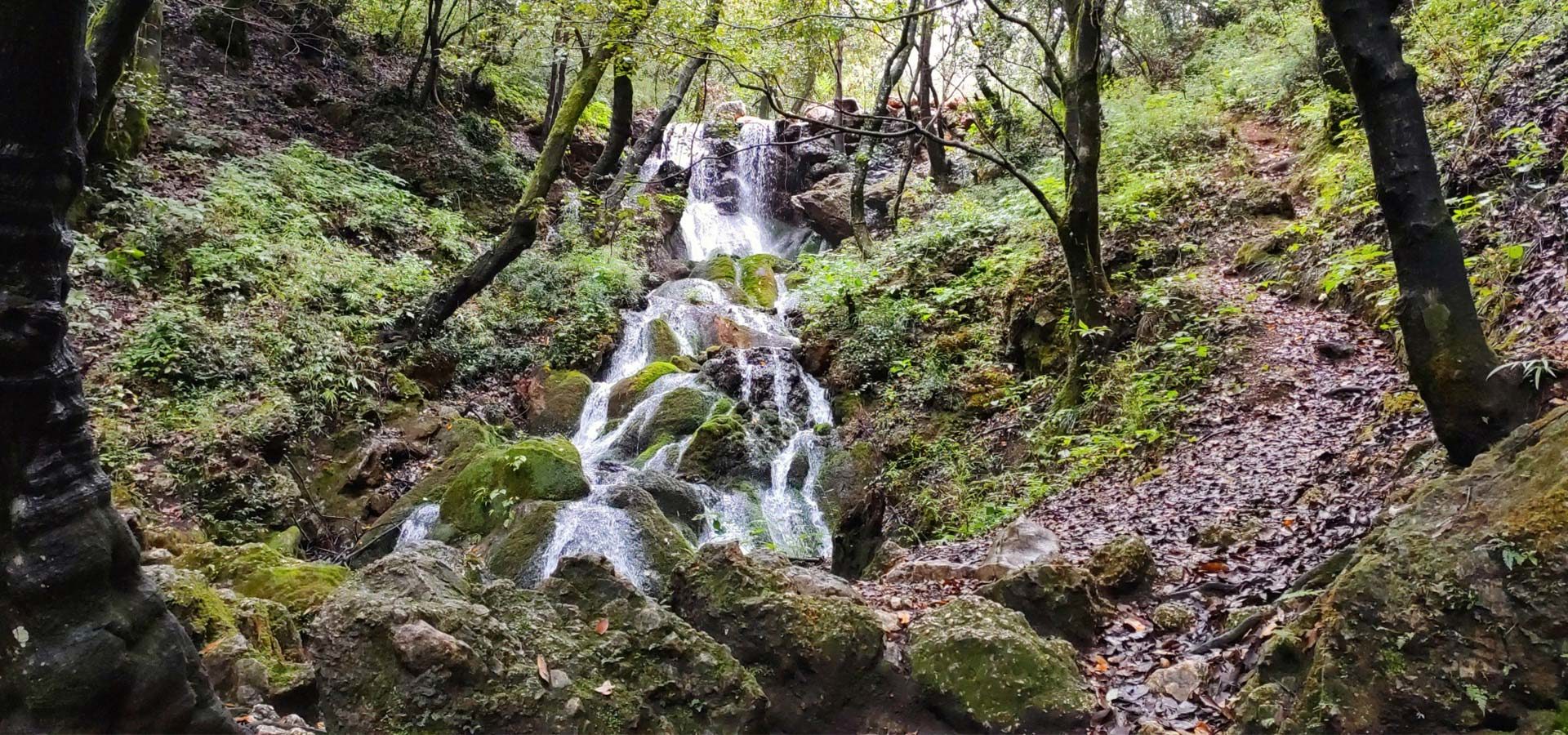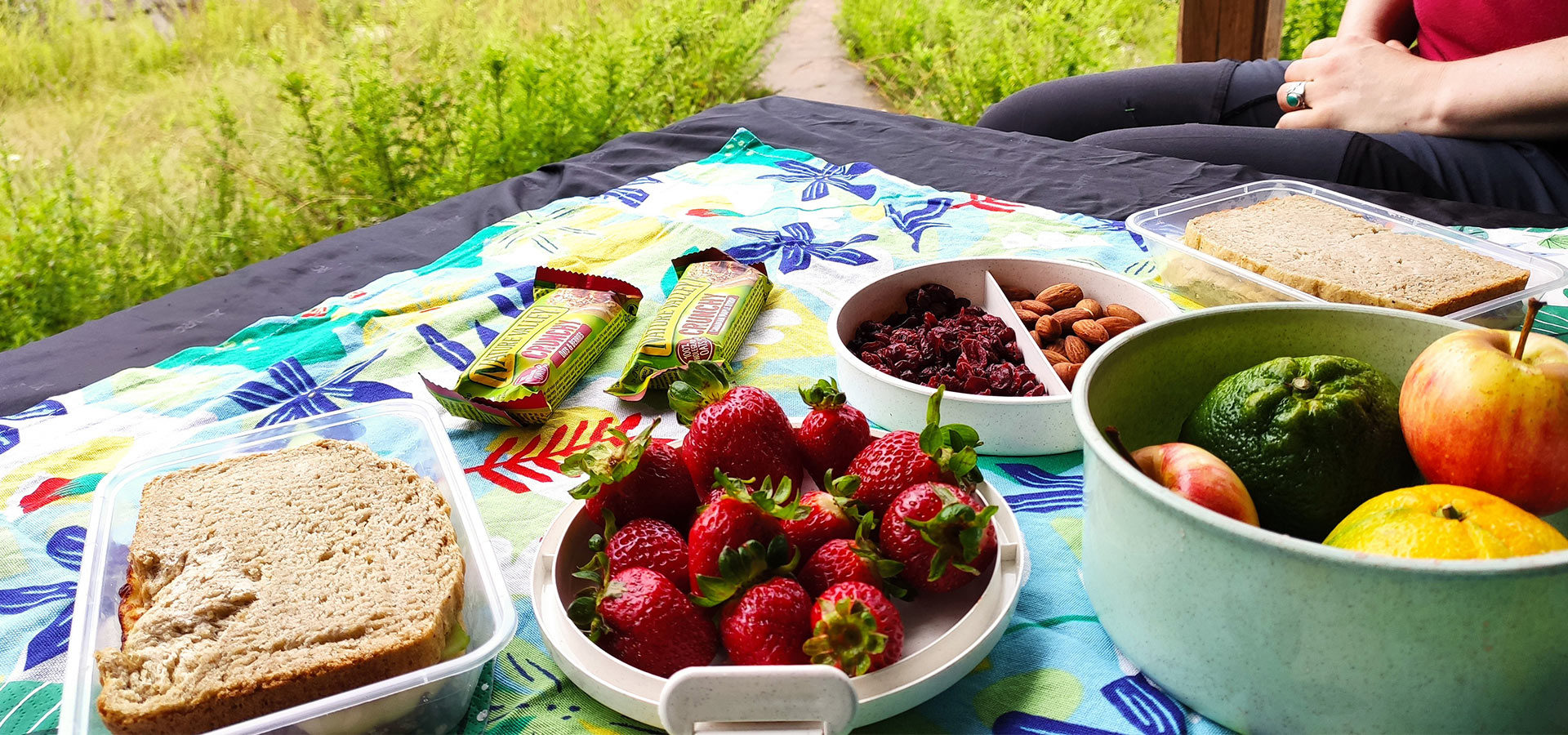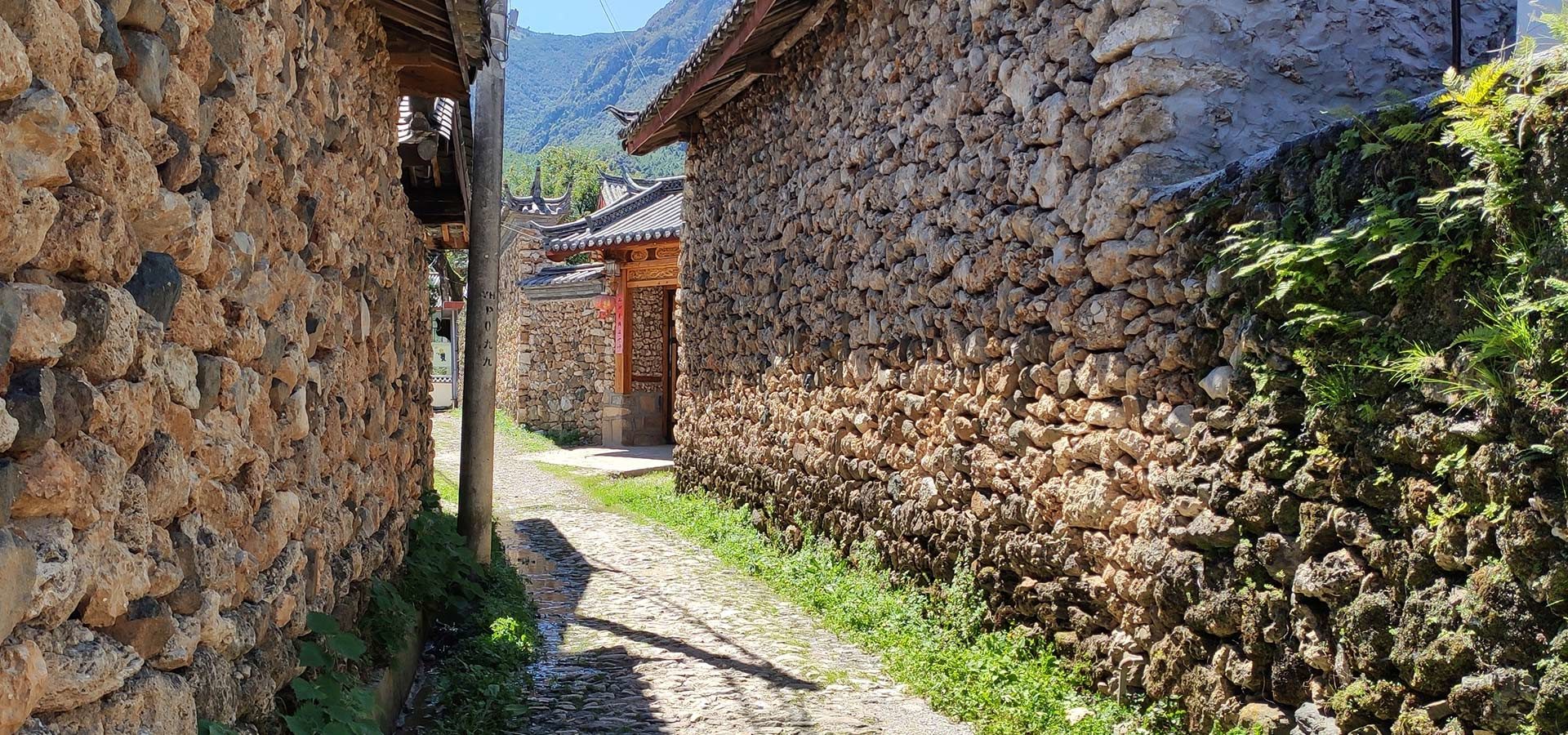China: Yunnan
Introduction and History
Located on the old Tea Caravan Road, Lijiang was an important hub for transporting tea from the Pu’er region in Southern Yunnan Province into Tibet. The Naxi are the most influential minority group in Lijiang and the traditional script of their religious specialists, the Dongbas, can be seen on many door couplets and shop names. Many other minorities, such as the Bai, Yi, Lisu, Mosuo, Pumi, Tibetans and Hui, call the area their home, and one can often spot minority people in their traditional clothing.
In the 13th century, Kublai Khan camped in Lijiang on his way to conquer the Kingdom of Dali, and as a token of his gratitude he left scores of Tang and Song Dynasty court music for the local Naxi ruler. This music is still being played today by Naxi orchestras!
Lijiang lies at an altitude of 7,874 ft (2,400 m) and the northern border is formed by the Jade Dragon Snow Mountain (玉龙雪山 Yùlóng Xuěshān) on the north. Lijiang Airport has flights from many cities in China, and a high-speed train constructed in recent years allows travel from Dali and Kunming in three to four hours respectively.
Key Cultural Sites and Observances
The Old Town of Lijiang is a World Heritage Site. It was partly destroyed by an earthquake in 1996 and restored in the traditional style. The smaller towns of Shuhe and Baisha and idyllic Yuhu village retain their old charm and the polished surface of some of the old stone bridges in town are a vivid reminder of the centuries of trade caravans that passed through.
Black Dragon Pool Park holds the iconic view of Lijiang with Jade Dragon Snow Mountain reflected in the tranquil spring-fed waters of the pool, and is a refreshing break from the bustling Old Town. Several ancient Tibetan Buddhist temples and traditional Naxi temples dot the Lijiang valley, and traces of the old Tea Caravan Road can be found in the hills surrounding Lijiang Valley.
For a taste of minority culture, join the Yi, Naxi and Bai in their Torch Festival on the 24th day of the 6th lunar month as locals in traditional clothing perform circle dances around the huge bonfires that light up Lijiang Old Town. Or, venture out to Lake Lugu on the 25th day of the 7th lunar month when the Mosuo and Pumi people burn incense to local mountain deities and hold horse races in the surrounding valleys. Or, celebrate the Moon Festival with a local Naxi family on the 15th day of the 8th lunar month by joining them for dinner, mooncakes and moon-gazing in their traditional village courtyard.
Adventure Opportunities around Lijiang
The Jade Dragon Snow Mountain National Park has several boardwalks at various altitudes accessible to all, and off-the-beaten track hiking is possible for experienced hikers on the southern slopes of the mountain, reaching altitudes above 4000m/13,000ft. More family friendly hiking opportunities abound in the Lashi Lake area and horse trekking in both areas are also available. A classic two-day trek around Tiger Leaping Gorge should be on everyone’s bucket list, and traveling further north around Lake Lugu and from Lake Lugu to Yading National Park are great options for longer itineraries (8-day trekking options are available).
Best Time of Year to Visit Lijiang
Spring and fall are the best times of year to visit. The temperatures are pleasant and rain is less uncommon, which could obstruct the view of the mountains or render mountain roads impassable. Winter is cold, but quite pleasant with clear blue skies and great views of the surrounding peaks.
Hikes on the lower slopes of Jade Dragon Snow Mountain and in the Tiger Leaping Gorge can be done all year round. However, while everything is beautifully green in summer, the rainy season with its heavy rains, cooler temperatures and low hanging clouds is not our favorite season to go hiking or be in Lijiang. Rain is common from May to September, and especially heavy in June, July and August. This often causes landslides in the Tiger Leaping Gorge and on the road to Lake Lugu, which can become closed as a result.
The national holidays (first weeks of May and of October) and the summer holidays (especially July and August) can make for a very crowded experience due to the massive influx of domestic tourists.
Our story with Lijiang
Lijiang has been the home of our partners for many years. Pincu grew up in a small Pumi village close to Lake Lugu on the border of Yunnan and Sichuan. His family still practices the custom of ‘walking marriage’ for which the Mosuo people around Lake Lugu are known. In this type of marriage, both partners continue to live in their maternal home and the husband visits his wife at night. In the past husbands would walk over to their wife’s house, hence the name of the custom. Children born out of the marriage belong to the wife’s household and are raised by her and her brother(s). Pincu is deeply familiar with the area, its history and customs, and with the various minority peoples living in the area. When he married Henriette, an expat who has lived, studied and travelled in China for over ten years, they settled in Lijiang. Their shared dream is to reveal both the famous sites and hidden treasures of the area through cultural tours and hikes that are on and off the beaten track.


